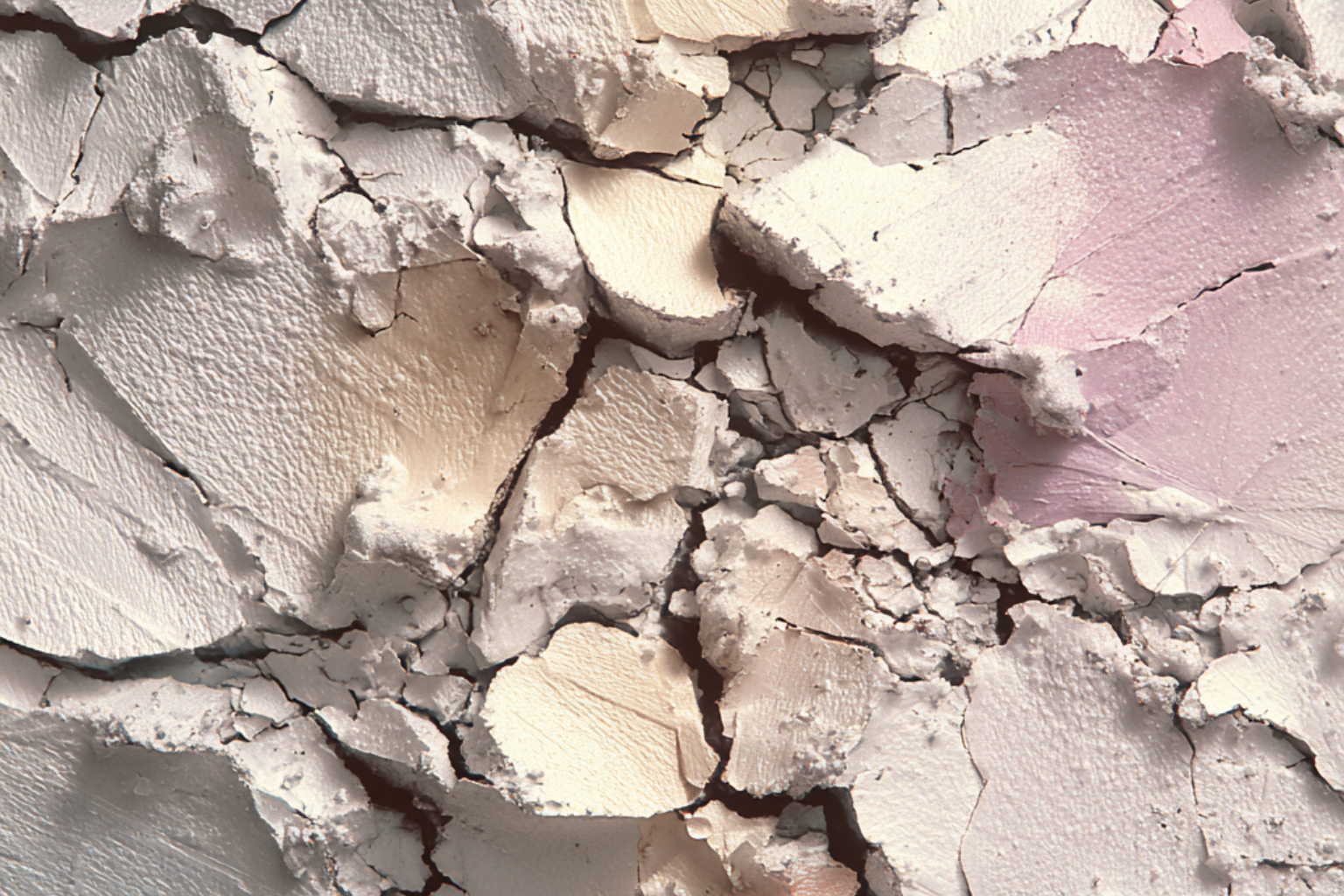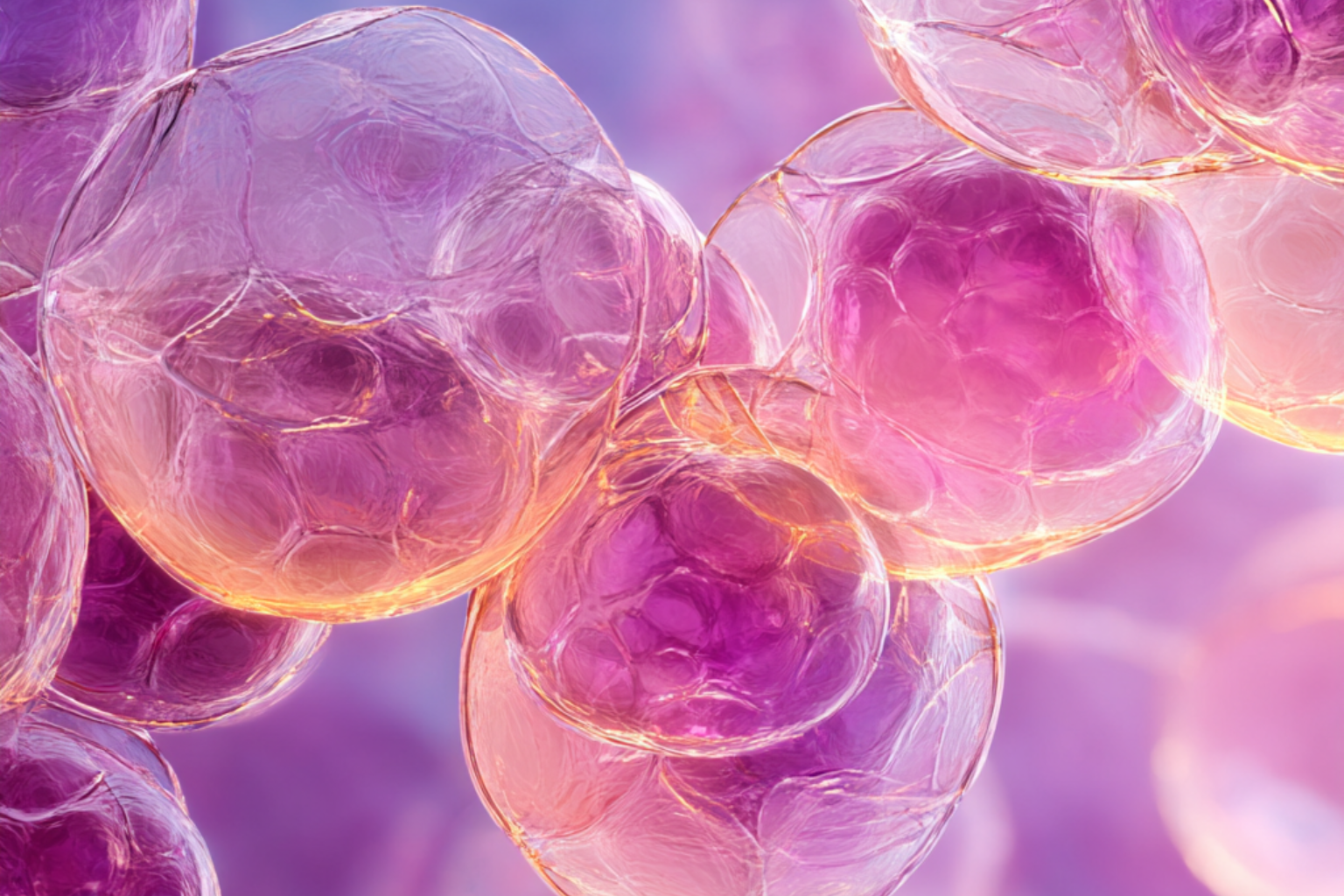What is Chloroform?
Chloroform (CHCl₃), also known as trichloromethane, is a volatile liquid and part of a group of chemicals called trihalomethanes (THMs). While chloroform was once widely used in medicine as an anesthetic, its use has been largely abandoned due to health risks. Today, it is mostly encountered as a byproduct of water treatment and industrial activity.
How Does Chloroform Get Into Tap Water?
The main route of chloroform contamination is through the disinfection process used in water treatment. When chlorine reacts with organic matter (such as decaying leaves or other natural material) in water, it can form chloroform and other THMs.
Other sources include:
-
Industrial discharges from facilities using chlorine-based chemicals.
-
Household products such as bleach and swimming pool disinfectants, which can degrade into chloroform and enter water systems.
-
Evaporation and inhalation risks – hot showers and baths can release chloroform into the air, where it can be inhaled.
This means chloroform exposure can occur not only from drinking water, but also from bathing, showering, or even cooking with contaminated water.
Health Effects of Chloroform Exposure
Chloroform can enter the body through ingestion, inhalation, or skin contact, and once absorbed, it spreads quickly via the bloodstream to the liver, kidneys, and fat tissue.
Short-term exposure (acute effects):
-
Fatigue
-
Dizziness
-
Headaches
-
Nausea
Long-term exposure (chronic effects):
-
Liver damage
-
Kidney damage
-
Cardiac arrhythmias
-
Possible reproductive and developmental harm (animal studies suggest links to miscarriages and abnormal sperm).
-
Probable carcinogen – The U.S. Department of Health and Human Services (DHHS) classifies chloroform as a probable human carcinogen, with studies suggesting links to colon, bladder, liver, and kidney cancers.
Even low-level exposure over time is a concern because chloroform accumulates in the body and exerts its toxic effects slowly.
Regulations and Safety Guidelines
Unlike some contaminants, chloroform does not have a strict universal drinking water limit. Instead, guidelines vary:
-
The U.S. Environmental Protection Agency (EPA) regulates chloroform as part of the Total Trihalomethane (TTHM) standard, which limits combined THMs in water to 80 ppb.
-
The Environmental Working Group (EWG) suggests a much stricter health guideline of just 0.4 ppb, reflecting potential long-term health risks.
-
The World Health Organization (WHO) also recognizes chloroform as a disinfection byproduct of concern but stresses the balance between disinfection safety and byproduct exposure.
This gap between legal limits and health-protective guidelines means chloroform may be present in drinking water at levels that are technically legal but still potentially harmful.
Protecting Against Chloroform in Water
Unfortunately, common methods like boiling water do not remove chloroform — in fact, heating can cause chloroform to vaporize, increasing inhalation risks.
Effective treatments include:
-
Activated carbon filtration – captures volatile organic compounds (VOCs) like chloroform.
-
Reverse osmosis (RO) – highly effective but often costly and wasteful for home use.
At PuraHome, our filtration systems are independently tested to reduce chloroform from tap water, helping families protect against both immediate and long-term health risks.





Leave a comment
This site is protected by hCaptcha and the hCaptcha Privacy Policy and Terms of Service apply.